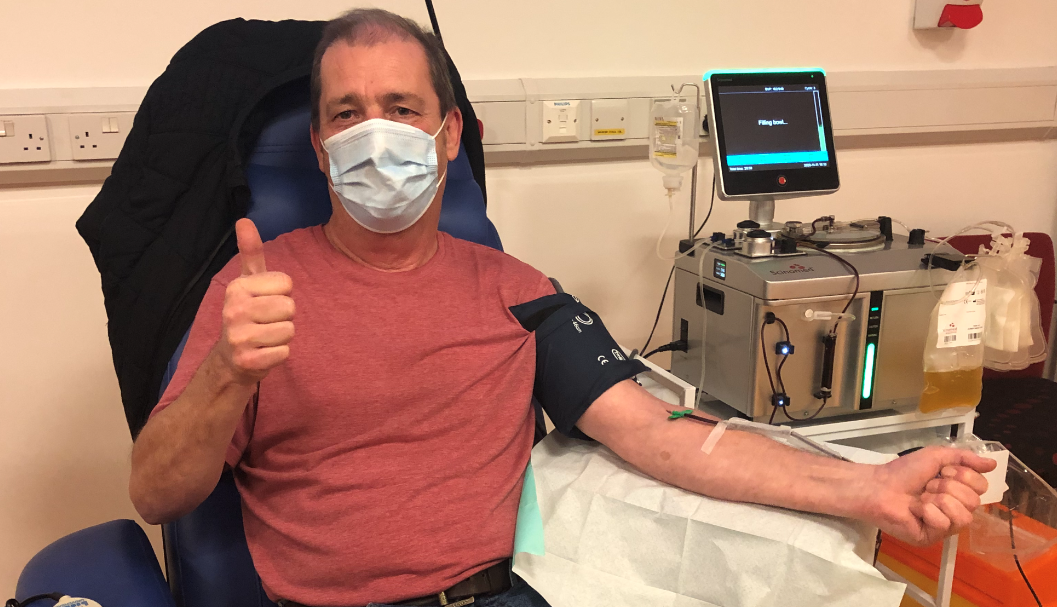Everything You Need To Know About Plasma Donation
Plasma donation is an essential and voluntary help to save lives. Similar to donated blood, donated plasma is helpful in emergencies to help those in need. In most instances, it is used to stop bleeding in trauma situations. If you are thinking of donating plasma, this article has everything you need to know.
How safe is plasma donation?
Donating plasma is like donating blood, and as long as you donate in a certified and accredited facility, the procedure is entirely safe. With this in mind, the first thing you need to do is look for a center certified by the governing board. Certified centers are sterilized and staffed by highly qualified professionals. All the equipment used for the process is sterile and cleaned/ sanitized after use. Also, any equipment that you come into contact with as a donor is used once to prevent the spread of bloodborne infections.
Does Plasma Donation Hurt?
Plasma donation should not hurt. Instead, it should feel the same as the regular blood donation procedure. You might feel a stinging sensation when the practitioner inserts the needle, but after that, they will ensure that you are comfortable throughout the process.
Do I Qualify to Donate Plasma?
There are various requirements to donate plasma. The requirements are put in place to guarantee your health and safety during and after the donation. To qualify for plasma donation, you must:
- Be at least 18 years old
- Be in good overall health
- Weigh at least 110 pounds (50 KGs) or more
- Pass the necessary medical screening
- Test negative for bloodborne viruses, such as hepatitis and HIV
- Complete medical history screening
However, some states allow teens between 16-17 years old to donate plasma with their parent’s consent. Also, the blood types preferred for plasma donation are AB negative and AB positive. If you meet the requirements to donate plasma, you can do it after every 28 days, but not more than 13 times in a year.
What Preparations Do I Need To Donate Plasma?
On the day of your plasma donation, you should make sure to get adequate rest and have a healthy breakfast. You should also drink a lot of fluids, but not coffee, tea, or alcohol. You can go for water or juice instead. You should also avoid consuming oily or greasy meals as they often affect the quality of your plasma.
How Do I Donate Plasma?
You might feel a little nervous before the procedure if it is your first time. Before the donation, you’ll fill out a medical history form. The form might ask you about the behaviors that carry higher bloodborne viruses. A practitioner will then give you a medical screening to check your blood pressure, pulse, and body temperature. You’ll also have a finger-prick test to check protein and hemoglobin levels in your blood. After the screening, the donation itself will take approximately 25 minutes, after which you are given a snack and some fluids.
Wrap Up!
If you meet the requirements to donate plasma, you might want to learn more before the actual procedure. Feel free to visit the ABO Plasma website to check on the donation checklist.


Comments are closed.